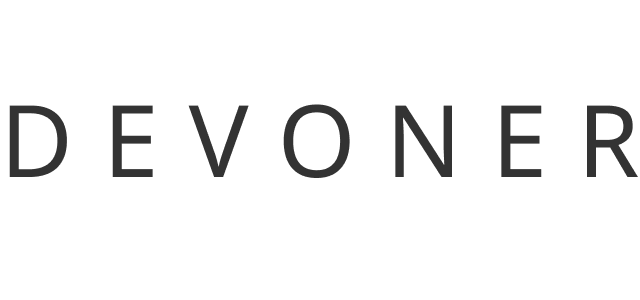The market for software products is expanding quickly, with projections indicating it will grow from $1.6 trillion in 2024 to an astounding $2.5 trillion by 2028. In today’s customer-centric digital environment, companies are increasingly focusing on creating specialized solutions to meet their unique customer needs. By developing bespoke solutions rather than relying on off-the-shelf products, businesses can gain a competitive advantage and attract more clients.
In this article, we’ll explore the steps, tips, and costs associated with building a software product that consumers will love and that adds real value.
Essential Steps in the Creation of Software
Idea Generation Coming up with novel ideas can be challenging given the plethora of new technological advancements and IT products. Brainstorming in the IT context is a valuable practice, fostering an environment where everyone involved can contribute ideas. This collaborative approach not only generates the best ideas but also ensures that everyone feels accountable for the project’s success.
Business Analysis Before making significant investments, a feasibility study is crucial. This study assesses all technical and economic factors impacting project development, guiding the path to profitability. Each team member—testers, developers, project managers—must provide precise estimates of their time, efforts, and resources needed, helping to determine overall costs.
Design During the design phase, the product is conceptualized following the specifications developed in the initial stages. Designers create the project’s framework and produce a prototype for the next stages of development.
Programming Developers begin working with code, each responsible for specific software development tasks. This is the longest phase, overseen by project managers to ensure the process stays on track.
Integration Effective integration of all sources and environments is essential for identifying problems early. Continuous integration, especially in agile teams, involves automated compilation, testing, and unit testing.
Quality Assurance QA engineers evaluate the quality of the code written by developers using various frameworks and testing methodologies. They identify defects and work with developers to resolve them, ensuring the final product meets high standards.
Release After the initial product version, subsequent software releases occur. This final stage of development may be followed by support and maintenance activities.
Best Tips for Developing Software Products
Never Give Up on Evaluating, Testing, and Improving The development process doesn’t end with deployment. Continuous evaluation, testing, and improvement are necessary to keep up with technological advancements and changing user behaviors.
Make User Experience (UX) a Priority User-centric design is crucial. According to Forrester’s research, effective UX design can boost conversion rates by up to 400%.
Construct Just Enough to Meet the Demands of Your Clients The initial iteration of your product should include only the essential features to address the primary issue raised by the client.
Construct an MVP Creating a minimal viable product (MVP) is the best way to validate your ideas and determine if your product appeals to your target market.
What is the Cost of Developing a Software Product?
Determining the cost of developing a software product varies greatly depending on the project’s needs. Generally, costs can be broken down as follows:
- A basic product costs between $20,000 and $60,000.
- A medium-complexity product costs between $60,000 and $90,000.
- A sophisticated product costs more than $100,000.
These estimates do not include additional services like product discovery. Numerous factors influence the overall cost, including app complexity, project type, project dimensions, UI/UX design, platform choice, backend systems, and team size.
Levels of App Complexity The complexity of an app affects its cost. Simple apps with straightforward user interfaces are cheaper, while complex applications with intricate algorithms and full technological stacks cost more.
Project Type Different project types require different skills and resources, impacting the overall cost. These can include new software creation, software alterations, integrations, web development, and SaaS applications.
Project Dimensions Projects can be small, medium, or large. Small projects may involve minor adjustments or patches, while larger projects can include complex security features, database components, and integration.
Design of UI/UX UI/UX design is crucial and can be costly. Excellent UX design can significantly enhance user engagement and reduce app abandonment.
Platforms Mobile solutions can be developed as native or cross-platform. Native apps provide superior UX and performance but are costlier due to the need for separate codebases for iOS and Android.
Back-end Systems and Associated APIs The backend of an application involves intricate processes to run its features. Data security and compliance with regulatory responsibilities also add to development costs.
Team Size and Salaries The number of team members and their experience levels affect the project’s cost. A smaller team may be less expensive but slower, while an experienced team works faster but at a higher cost.
Conclusion
Developing a successful software product involves more than just writing code. Understanding your consumers, being flexible, and providing real value are essential. Ensure your solution addresses a real-world issue to create a groundbreaking software program or app.


